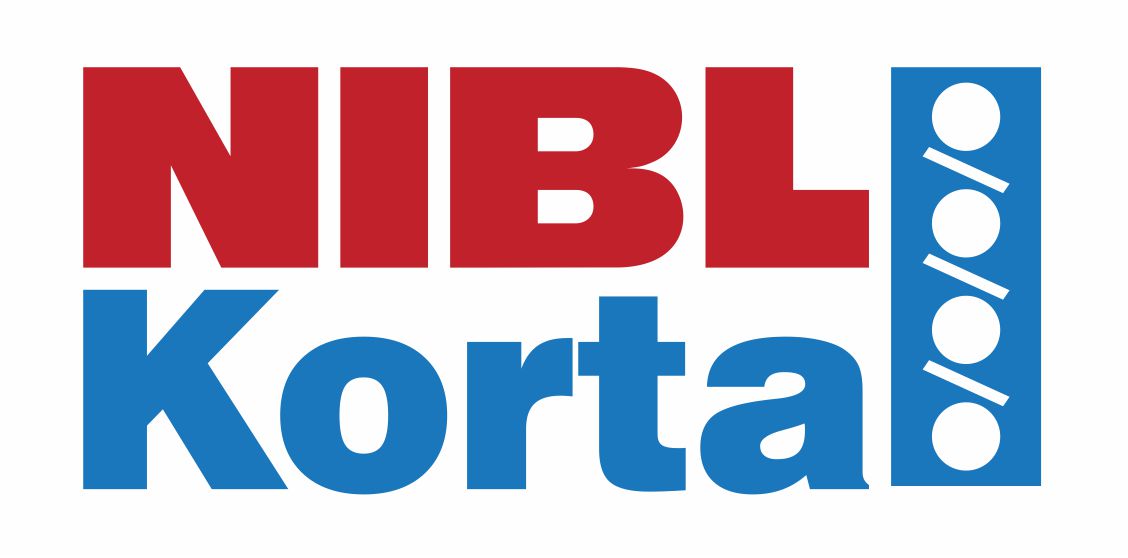Lubrication and Maintenance of Bearings
Proper installation and adjustment plays a vital role in the performance and life of bearings, and so does the lubricant. In most cases, the failure of bearings is not caused by improper installation or manufacturing defects, but by a lack of lubricant, an incorrectly chosen or a contaminated lubricant.
The lubricant, be it oil or grease, is spread between the moving parts of a bearing assembly and separates them, reducing friction and preventing wear. Depending on the operating conditions and on the chosen lubricant, a protective film will form on the bearing elements, the role of this film being also to dissipate the frictional heat, preventing the deterioration of the bearing and protecting against moisture, corrosion and contaminants.
A correctly chosen lubricant has the proper additives and viscosity to accomplish all the mentioned goals. The most common lubricants are oil and grease, the use of one or another being determined by the speed of the application and by the amount of load placed on the bearings.
In case of oils, the most important characteristic is the viscosity, the proper product being determined by the temperature and speed of the application. If an oil with insufficient viscosity is used, then the two rotating surfaces will come in contact and this will not only lead to wear but will also generate contact heat, and will cause the quick degradation of the bearing elements.
The most common oils for bearings are petroleum based and synthetic oils such as silicone, fluorinated compounds, diesters or PAO’s. Oils are usually chosen for bearings with higher speed capabilities and higher operating temperature, as they can carry the heat away from the bearings. In some cases, such as miniature bearings for example, oil-based lubricants only need to be applied once for the life of the bearing. In assemblies that use larger bearings, relubrication may be necessary as part of the regular machine maintenance cycle.
For grease-based lubricants, the most important characteristics are the temperature range, the penetration level, the stiffness and the viscosity of the base oil. Greases consist of an oil base in which a thickener is added, the most common thickeners being organic and inorganic compounds, as well as metal soaps like sodium, aluminium, calcium or lithium. Additives with antioxidant, anticorrosion and anti-wear characteristics can also be incorporated to increase the performance of the lubricant.
Alternatively, a solid non-fluid film can be applied like a coating on the bearing elements to reduce friction and prevent wear. These films are used in particular situations when oil or grease cannot survive, and they include options like graphite, silver, PTFE or gold films. For example, in an application with extreme temperatures or radiation, an oil- or grease-based lubricant may not offer proper protection, therefore a more durable one like a solid film may need to be used.
In most cases, grease is a good choice for lubricating bearings. More cost-efficient than oil, grease is easily retained in the bearing assembly and is easy to apply. However, it is not suitable for applications where heat removal via circulating oil is needed, nor in gearboxes where lubricating oil is required.
Also, if the operating conditions require the relubrication of bearings with grease at intervals that are too short, and this becomes too time consuming and expensive, or if the removal or purging of grease becomes too expensive and difficult to handle, it is better to choose a lubricating oil.
To know more download white paper : White Paper – Lubrication and Maintenance of Bearings



